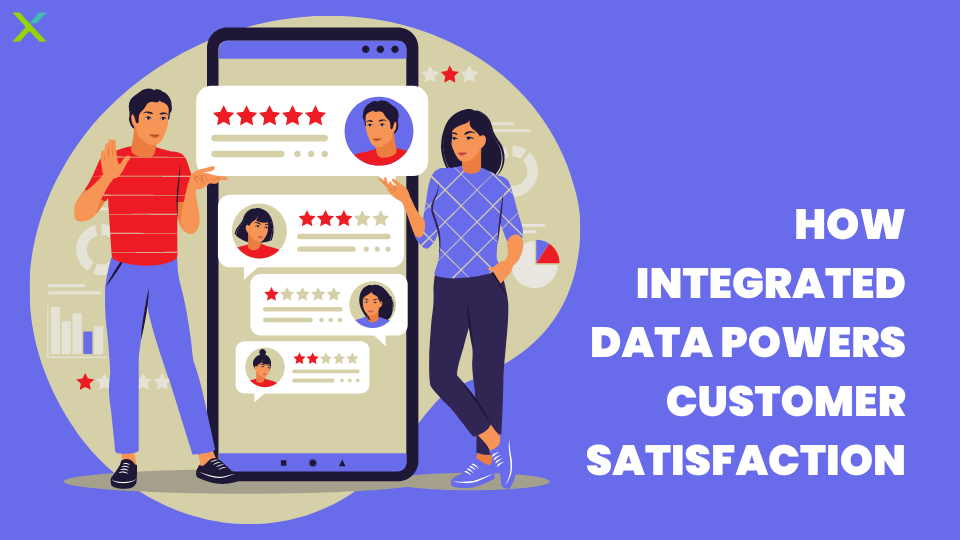
These days, customers expect more than just reliable service from their utility providers. They want better communication through their channel of choice, better tools to manage their accounts, and they want to see detailed usage and billing information at the tap of a screen. To satisfy these requirements, utilities have had to strengthen all areas of their customer support offerings – including person-to-person communication and online/mobile applications. Behind all these advancements, one important tool has emerged as an innovation enabler: integrated data.
Integrated data is directly responsible for some of the most popular (and most necessary) customer-focused features that have emerged in the utility industry over the last few years. For example, customers now have instant access to detailed usage information that can help them adjust and stay mindful of their energy usage patterns. This feature is only available because customer billing/location information is commonly linked with usage data from meters outside customer homes and other buildings.
Another popular feature is the ability to pay bills from nearly any device. Customers can simply pull up their utility’s mobile app or website and dive right into their billing information from anywhere. Plus, thanks to the aforementioned usage data linked with customer accounts, they can see in detail why a bill might be higher or lower than usual. Some utility apps even contain information like outdoor temperatures or natural gas prices to let customers know how other factors might affect their bill/usage.
Additionally, now that the utility industry (and the rest of the world) is focused on renewable energy, some utilities are using integrated data to show customers exactly where their energy is coming from. For example, if a renewable energy source (windmill, hydroelectric turbine, etc) is stored as an asset in an EAM, utilities can trace the amount of energy generated by that asset and see which homes or businesses are using it. With renewable energy being capable of lowering utility bills, cost conscious customers care about where their energy is coming from these days. Integrated data gives them that ability.
These are just a few examples of the innovations that are possible with integrated data. As data collection, management, and integration techniques improve, and as customers continue to demand more detailed information about their utility services, we expect even more customer-focused use cases for integrated data to emerge in the coming years.
Many Geonexus customers are leading the way when it comes to empowering customer satisfaction and safety using integrated data. Here’s a few examples:
All these use cases are possible at any utility that relies on data stored in GIS, CIS, or EAM systems. Because our customers are already making major upgrades to their workflows thanks to the Geonexus Integration Platform, those benefits are being passed down to customers. Your customers deserve the same treatment.
To ensure your organization can provide these features to your customers, it’s time to embrace integrated data through an integration solution like the Geonexus Integration Platform. Capable of integrating data from any number of GIS, CIS, EAM, and RDBMS-based systems, the platform allows utilities to customer service innovations like those outlined above without requiring them to build an integration from scratch. It also features multipoint bidirectional data synchronization between systems and automatically produces reports that make error tracking and fixing drastically easier.
Visit our website to learn more about all the platform has to offer, and check out our blog to see a more-detailed deep dive into how integration is helping utilities serve their customers in new ways.
At Geonexus our mission is to ensure integrity and reliability of enterprise data to support effective decision making. Our Integration Platform is an enterprise-grade integration solution that is easy to use, reliable, and includes out-of-the-box connectors for Esri® ArcGIS®, IBM® Maximo, SAP®, ABB® Ellipse, Oracle® Utilities, and other leading enterprise systems. Asset-intensive organizations across the globe use the Geonexus Integration Platform in industries including utilities, telecommunications, pipeline, transportation, and government.